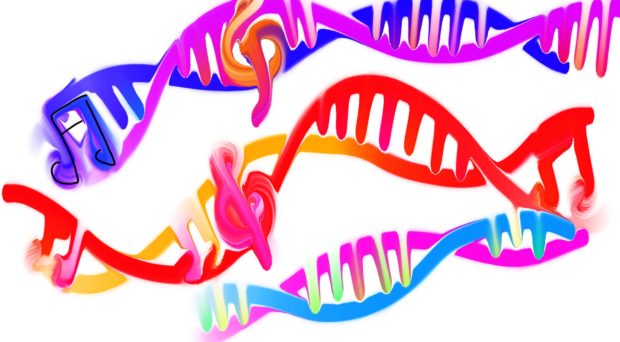Since the start of the CRISPR craze 5 years ago, scientists have raced to invent ever-more-versatile or efficient variations of this powerful tool, which vastly simplifies the editing of DNA. Two studies published in Science and Nature this week broaden CRISPR’s reach further still, honing a subtler approach to modifying genetic material that’s called base editing. One study extends a strategy for editing DNA, whereas the other breaks new ground by base editing its molecular cousin, RNA.
Both open new avenues for genetic research and even curing diseases. “One shouldn’t view base editors as better than CRISPR—they’re just different,” says David Liu, a chemist at Harvard University who pioneered DNA base editing in a paper in Nature last year and co-authored the latest Nature paper. “It’s like, what’s better, a boat or a car?”
CRISPR, adapted from a primitive bacterial immune system, does its handiwork by first cutting the double-stranded DNA at a target site in a genome. Base editing, in contrast, does not cut the double helix, but instead uses enzymes to precisely rearrange some of the atoms in one of the four bases that make up DNA or RNA, converting the base into a different one without altering the bases around it. That ability greatly increases the options for altering genetic material. “It’s a very worthwhile addition and it’s here to stay,” says CRISPR researcher Erik Sontheimer of the University of Massachusetts Medical School in Worcester.
Many human diseases are caused by the mutation of a single base. CRISPR has difficulty correcting these so-called point mutations efficiently and cleanly, so base editing could provide a more effective approach. After Liu’s initial report, a group in China used DNA base editing to correct a disease-causing mutation in human embryos cloned from a patient with a genetic blood disorder.
Conventional CRISPR uses a guide RNA (gRNA) coupled with an enzyme known as a nuclease, most commonly Cas9, that together attach to a specific stretch of DNA bases; the nuclease then snips the double helix. A cellular repair mechanism attempts to rejoin the cut DNA ends, but occasionally inserts or deletes bases, which turns the DNA code into gibberish and can knock out a targeted gene. “Gene editing based on nucleases is very good at inactivating genes,” says CRISPR researcher Feng Zhang of the Broad Institute in Cambridge, Massachusetts.
Yet CRISPR, he notes, “is less efficient at making precise changes.” To fix a point mutation, a CRISPR-Cas9 system must also introduce a strand of “donor” DNA that has the correct base and then rely on a second cellular mechanism called homology-directed repair (HDR). But HDR works poorly unless cells are dividing, which means this strategy doesn’t function in, say, brain and muscle cells that no longer copy themselves. Even in dividing cells, the donor DNA rarely slots into the cut spot.
[“Source-timesofindia”]









